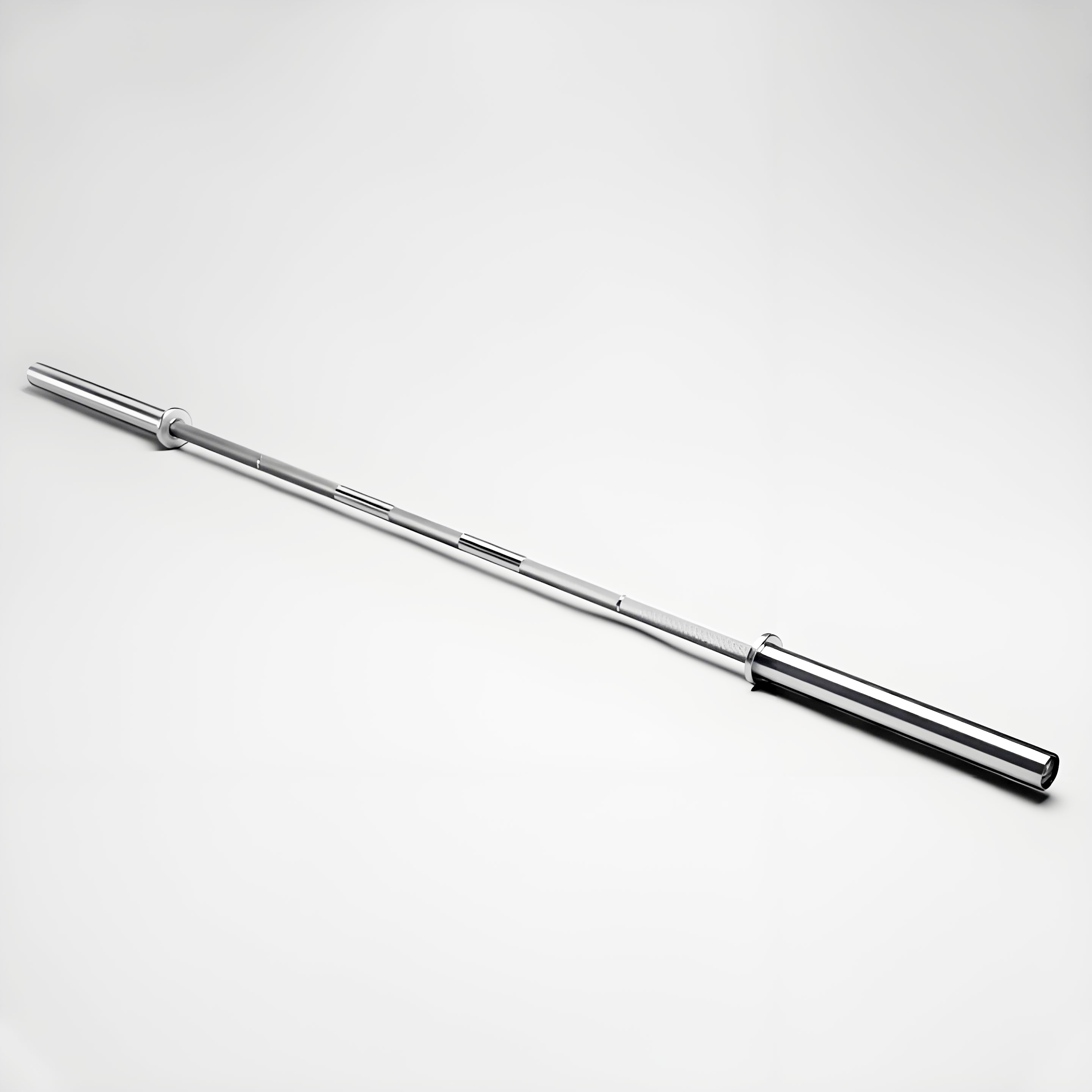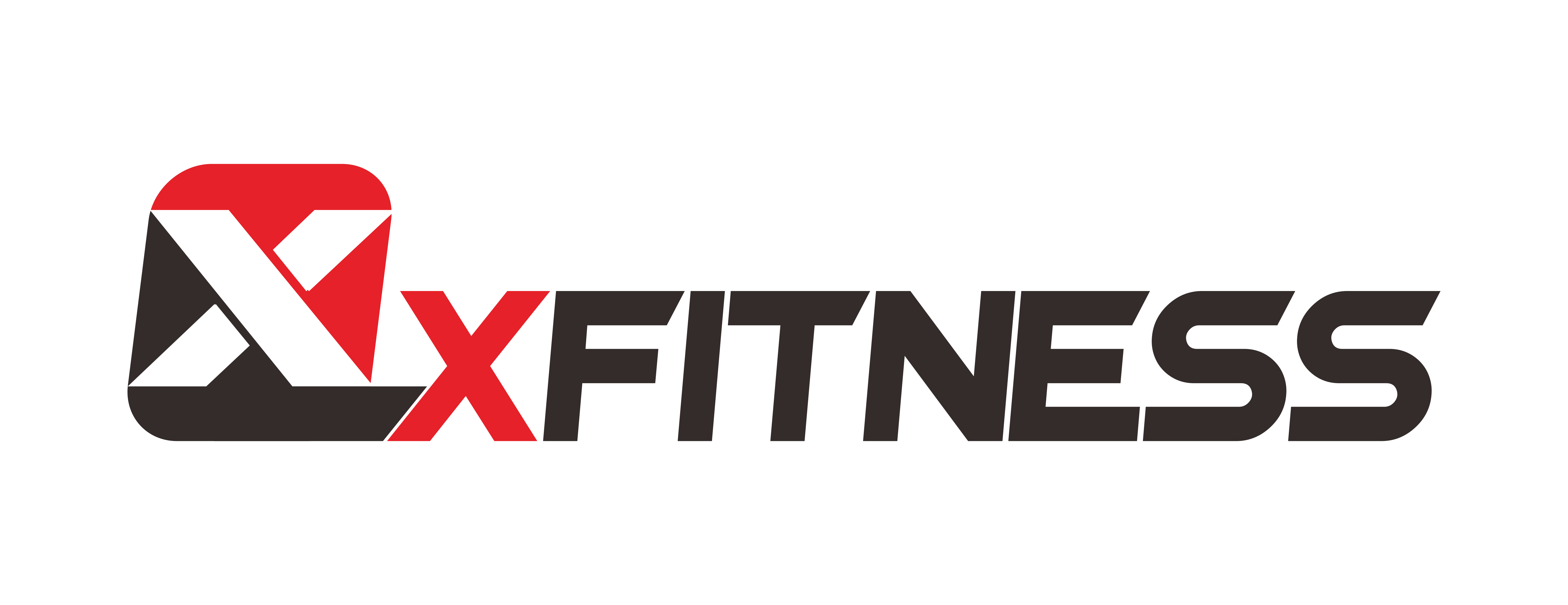POWER LIFTING BAR XBB003

Item Code: XBB003 Power Lifting Bar
Material: Alloy Steel
Durability: 1500 lbs (214 KPSI)
Weight: 20 KGS
Knurling: IPF standard knurling
depth: 0.5-0.6 mm
width: 1.5 mm
Finishing: Hard Chromed
Diameter: 28 mm ± 0.1 mm
Needle Bearings: 10 pcs
Stainless Tubes: 2 pcs
Warranty: 5 years
Powerlifting bars prioritize stability and strength over flexibility, making them ideal for maximal lifts. Their design reduces injury risk and ensures consistent performance under extreme loads. Popular brands include Rogue Ohio Power Bar, Eleiko Powerlifting Bar, and Texas Power Bar.
Tensile Strength
- Rated for 190,000–205,000 PSI tensile strength, ensuring the bar can withstand repeated heavy loading without deforming.
Sleeve Rotation
- Features smooth-rotating sleeves (the ends holding weight plates) to reduce torque during deadlifts and cleans. However, powerlifting bars have less spin compared to weightlifting bars, as explosive movements are less common in powerlifting.
Standard Specifications
- Length: 2.2 meters (7.2 feet) for Olympic barbells; powerlifting-specific bars may vary slightly.
The History of Powerlifting
Powerlifting, as a formalized strength sport, has roots in ancient displays of human strength but evolved into its modern form during the mid-20th century. Here’s a brief overview of its development:
Early Origins (Pre-20th Century)
- Strength feats like lifting heavy stones or logs were common in ancient cultures (e.g., Celtic clach cuid fir, Greek/Olympic weightlifting precursors).
- In the 19th and early 20th centuries, strongman competitions and circus acts popularized lifts like the "clean and press," deadlifts, and squats, laying groundwork for powerlifting’s core movements.
Birth of Modern Powerlifting (1950s–1960s)
- In the 1950s, unofficial strength contests emerged in the U.S., often organized by weightlifters or bodybuilders. These events focused on maximal strength in specific lifts but lacked standardization.
- The term "powerlifting" began circulating in the 1960s to distinguish it from Olympic weightlifting (which emphasizes speed and technique in the snatch and clean & jerk).
- First official competitions:
- In 1964, the AAU (Amateur Athletic Union) hosted the first recognized national powerlifting meet in York, Pennsylvania, featuring the squat, bench press, and deadlift as the standard trio.
- The International Powerlifting Federation (IPF) was founded in 1972, establishing global rules and promoting the sport internationally.
Growth and Formalization (1970s–1990s)
- Global expansion: By the 1970s, powerlifting spread to Europe, Asia, and beyond. The first World Championships were held in 1973 (men) and 1980 (women).
- Women’s participation: Women’s divisions were officially added in the 1980s, with the IPF hosting its first Women’s World Championships in 1980.
- Rule standardization: Lifts were refined to prioritize strict form (e.g., squat depth, bench press pauses, deadlift lockouts). Equipment standards (bars, plates, belts) were also codified.
- Paralympic inclusion: Powerlifting debuted at the 1964 Tokyo Paralympics (for athletes with disabilities) and remains a core Paralympic sport.
Modern Era (2000s–Present)
- Explosion of federations: Beyond the IPF, organizations like the USPA (United States Powerlifting Association) and WPC (World Powerlifting Congress) emerged, offering varied rules (e.g., raw vs. equipped lifting, drug-tested vs. untested categories).
- Technological and training advances:
- Specialized gear like powerlifting suits, knee wraps, and deadlift slippers enhance performance.
- Data-driven training programs and social media (e.g., YouTube, Instagram) have democratized access to coaching and inspired new athletes.
- Mainstream recognition: Powerlifting gained visibility through documentaries, CrossFit’s influence, and celebrity athletes like Ed Coan (considered the greatest lifter of all time) and Jen Thompson (multi-time world champion).
- Inclusivity: The sport now includes divisions for all ages, genders, and bodyweights, as well as adaptive categories for athletes with disabilities.
Key Milestones
- 1964: First official national meet (AAU).
- 1972: IPF founded.
- 1980: First IPF Women’s World Championships.
- 2001: Introduction of "raw" (unassisted) lifting as a distinct category.
- 2020s: Powerlifting communities thrive online, with records broken regularly and the sport gaining Olympic recognition advocacy.
Powerlifting vs. Other Strength Sports
Unlike Olympic weightlifting (technique-focused) or strongman (varied implements), powerlifting prioritizes pure maximal strength in three lifts. Its simplicity and accessibility have fueled its global appeal.
This sport continues to evolve, blending tradition with innovation, and remains a testament to human physical potential.

